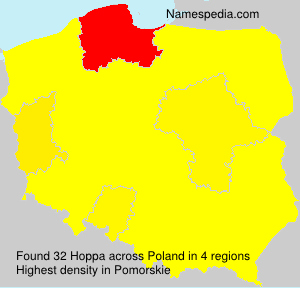


Index-Free Adjacency Link every data element directly to its incoming and outgoing relationships, making it possible to traverse millions of records per second.Real-Time Availability Query data in real-time regardless of the volume or complexity of its underlying relationships.First-Class Relationships Treat relationships among graph data elements as first-class database elements, complete with directional and quantifying properties used by the graph database engine.Native Graph Management Manage data and relationships entirely through native graph capabilities, and not through a graph-logic layer that sits atop a non-graph storage or processing foundation.Native Storage and Modeling Store and model data as a graph of relationships instead of in rows and columns, indexed records, or in any other structure.Relational and NoSQL databases break the rules by layering graph capabilities atop non-graph data and are plagued by performance, latency, consistency and data-corruption problems.

To be a native graph DBMS, a technology must conform with these basic rules. Graph database management systems must model, manage and access data and their relationships entirely through native data storage and graph processing methods.

Most NoSQL database technologies add similar translation layers and inefficiencies to create graph applications, again resulting in sluggish performance and even risking corrupt or unsuccessful graph query results. The result is considerably slower performance and application responsiveness that often renders graph applications completely unusable. Relational databases bolt on extra processing layers that translate graph queries into relational-table-based storage and processing models used by the underlying database technologies. Graph Imposters Pay the Priceįor datasets that are connected, complex or changing, non-native graph database approaches are inherently flawed with performance, integrity, ease-of-use and scalability risks. A database platform that employs such an approach is known as a native graph database. To maximize efficiency and performance, a graph database platform must store and access data as it appears in the database's property graph. It actually describes how you access and query information in the database. Native Graph Storage and Processingīut a property graph model is a lot more than a picture. You may also like: Graph Databases for Beginners: Other Graph TechnologiesĮach relationship is directional and knows its beginning and ending node, and each node knows about all other nodes with which it has an inbound or outbound relationship - an advantage known as index-free adjacency. In Neo4j, the connections between database nodes are called relationships, and those relationships are as important as the nodes they connect. The nodes, which appear as circles or squares, represent entities such as people, products, companies or orders. Like a complex system grid or an air-traffic-control map, a graph database is represented as a network of nodes and connections called a labeled property graph.


 0 kommentar(er)
0 kommentar(er)
